Converting to a New Business Software Solution: Simplified!
Last Updated on December 13, 2022 by Tatyana Vandich
In this article, I would like to address the issue of implementing a new business software solution within a small and mid-size enterprise. This is an important topic and concern raised by executives and owners of SMEs, who are thinking of upgrading or converting their existing software systems. We see this quite often as there are always changes in industry regulations and business partners’ requirements as well as businesses looking to improve their processes and rules.
 As many executives have gone through long and painful software systems’ implementations in the past, I understand that their questions and concerns are quite valid. This is why I would like to shed some light on approaches and tips to consider when making a decision, in order to avoid the complexities and high expenses that come with a migration to a new software program (or ERP) to run the enterprise.
As many executives have gone through long and painful software systems’ implementations in the past, I understand that their questions and concerns are quite valid. This is why I would like to shed some light on approaches and tips to consider when making a decision, in order to avoid the complexities and high expenses that come with a migration to a new software program (or ERP) to run the enterprise.
How complex can software conversion get?
Let’s begin by identifying a few key sources of the complexities during migration to a new ERP or business management software:
Up-front investment on hardware platform
Normally, conversion to a new software application (ERP) for a business requires a considerable up-front investment on hardware infrastructure (servers, switches, PCs,). Add to it the licenses, labour time and effort needed to put all of those elements together to have a working infrastructure.
Even today, investment on hardware is a budget killer, considering that the hardware price is relatively less expensive than what it use to be.
Heterogeneous software systems
We’ve seen situations where a system conversion in a small and mid-size enterprise was painful due to the fact that they were implementing different heterogeneous software systems offered by different vendors. Those software applications did not communicate to each other “out-of-the box”. Therefore, the implementer was trying to make it work through extensive programming of APIs and bridges, causing this process to be long and tedious.
Data migration
It is no secret that the migration of data from the old software program (if any) to the new business software solution was traditionally a challenge. There were two options usually offered; either to write programs to access the old system (if possible) or to hire extra staff to do data entry. In both cases, small and mid-size companies had no choice other than investing on a complex process.
Software customization
In order to respond to business needs, in many cases, software implementers go through a huge phase of customizing the application to meet the expectations and requirements of their clients. This leads to a high level of complexity and increased expenses, which have a tendency to cause great delays in implementation and deployment.
 How to simplify the conversion to a new business software solution
How to simplify the conversion to a new business software solution
To reduce the complexities and expenses when upgrading to a new business software solution, small and mid-size enterprises can proceed with the following recommendations to reduce their risks and investments identified previously, all the while keeping their requirements for a flexible software solution that answer their business needs.
Software in the cloud
Due to today’s technical advancements, small and mid-size enterprises are capable of adopting software applications running in a secured and private cloud, with a reputable vendor who has the flexibility and capacity to deliver as promised. With the level of security and Internet availability, running business software in the cloud should definitely be considered. Today, a great number of software applications are being used from “cloud platforms” so companies should embrace that model. This is something I highly recommend.
Fully integrated business software solution
As I always stress in my articles, companies of small and medium size should look for fully integrated software solutions that answer their business needs as much as possible. It is less expensive and more flexible to manage and maintain one software platform, rather than many.
Therefore, I will stress again how important and beneficial it is to adopt a fully integrated software solution within an enterprise. I encourage you to read my previous article for more information on this topic.
In addition, to eliminate the expenses related to the licencing cost, companies can go with the SaaS (Software as a Service) pricing model where they pay a yearly or monthly premium per user. These kinds of software applications exist and are tailored to the needs of small and mid-size enterprises.
Built-in tools to import data
Importing data and starting any new software system in the implementation phase is always a challenge. However, with the use of built-in tools and engines to import data from spreadsheet (or .csv) files, unnecessary expenses, effort and complex issues can all be eliminated during this implementation and conversion phase. Wouldn’t it simplify life if data can be transferred from the old system to the new one with a few Excel files? With this method, your business can be up-and-running within a week.
Flexible customization
 Customization is important, however, companies should realize that the minute a software application is slightly modified to respond to their specific needs, it is removed from the vendor support and maintenance plan. Therefore, it is important to look for vendors that are capable of offering flexible customization to their business software application, without having to lose the maintenance and support on the software system. Another great aspect to look for would be to have a software solution with a level of self-customization, where users can do themselves.
Customization is important, however, companies should realize that the minute a software application is slightly modified to respond to their specific needs, it is removed from the vendor support and maintenance plan. Therefore, it is important to look for vendors that are capable of offering flexible customization to their business software application, without having to lose the maintenance and support on the software system. Another great aspect to look for would be to have a software solution with a level of self-customization, where users can do themselves.
Select the optimal way to convert your business software
The above points can truly simplify the conversion to a new software solution in order to better manage a company’s business. It is known that executives are sceptical and sometimes even fearful of upgrading their management software due to the headaches and complexities of the conversion process. However, I hope that after reading this blog, I cleared up a few key concerns and shed a better light on this topic. Please feel free to click on the image below for a FREE IT consultation and get more information on our ERP system, erpWizard, that has the above flexibility and easy conversion process.
Don’t forget to subscribe to our blogs to get the latest updates.

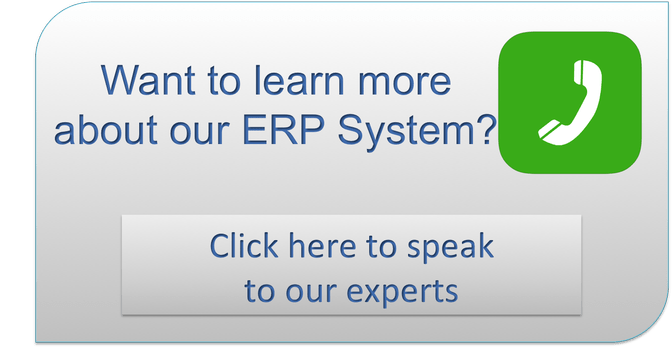
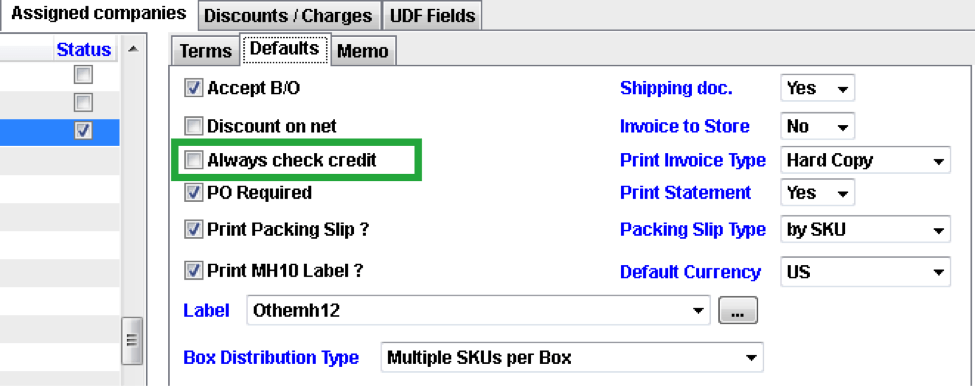

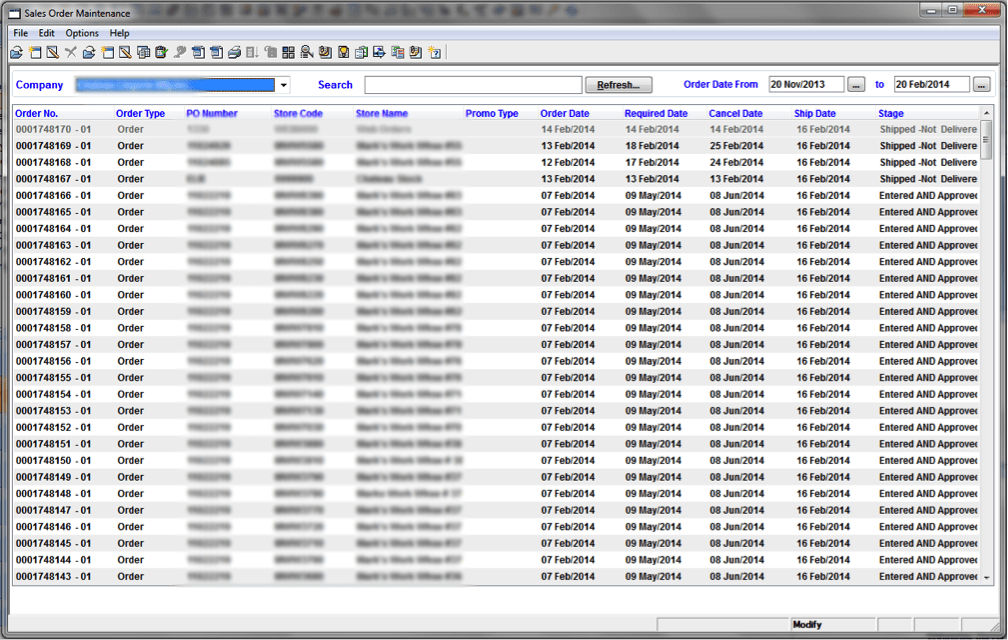
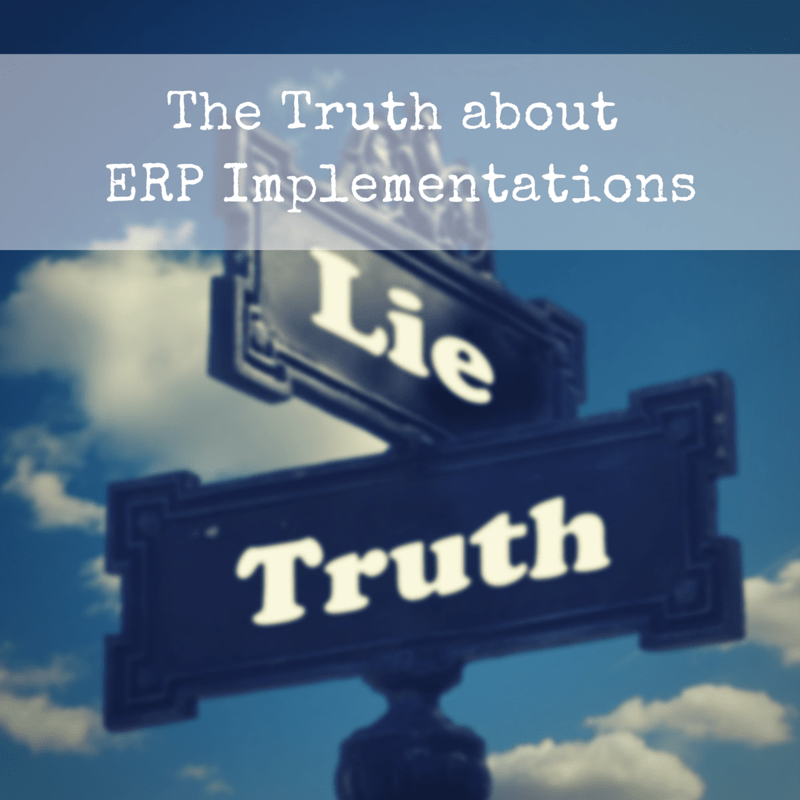




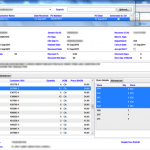
Leave a Reply
Want to join the discussion?Feel free to contribute!